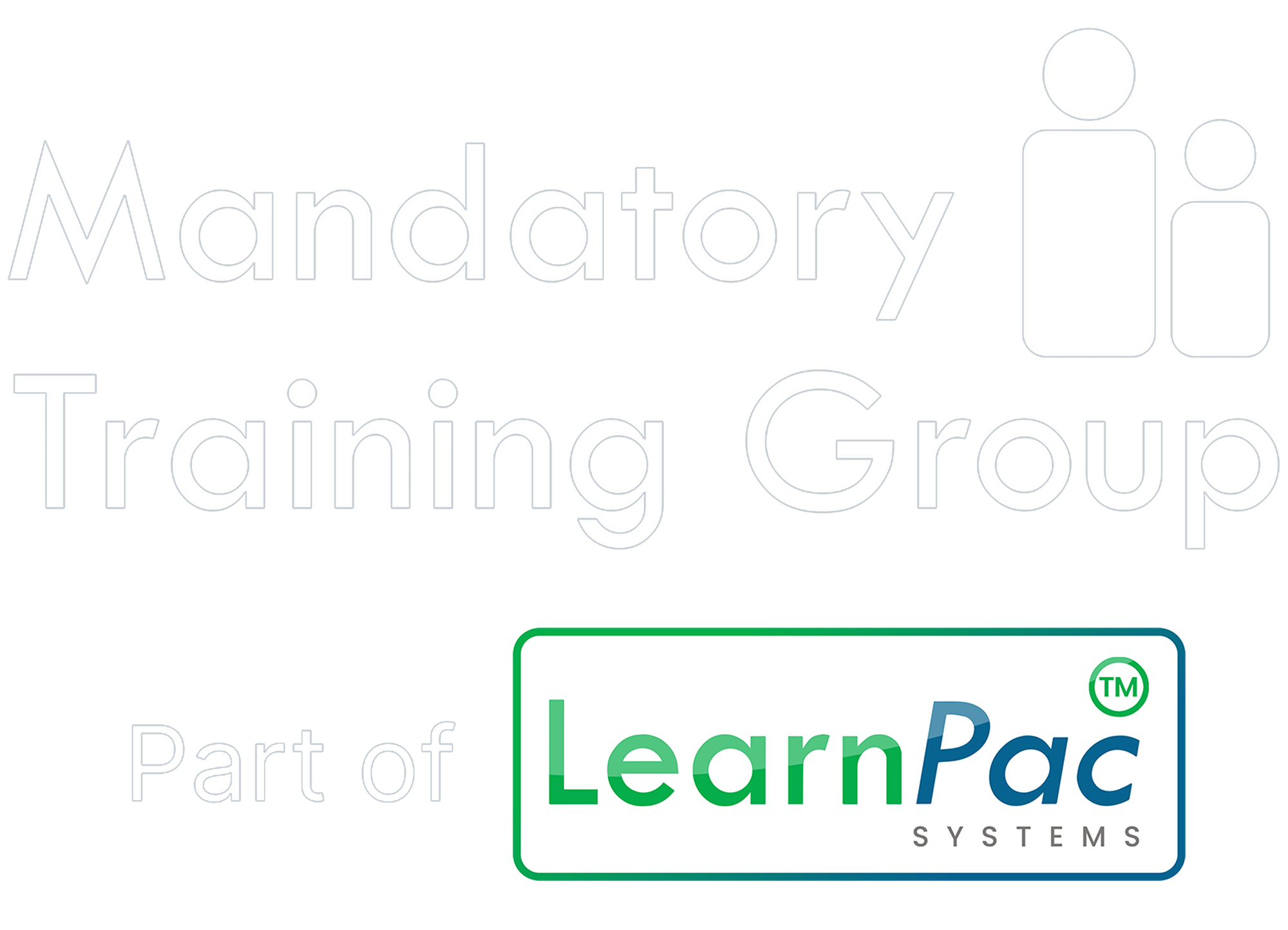You have no items in your shopping basket.
Key facts and statistics
- According to the NHS, hypoglycemia is a common condition, particularly in people with diabetes, affecting over one million people in the UK alone.
- Low blood sugar can lead to severe complications if not promptly addressed, including seizures, loss of consciousness, and even death.
- In workplaces, incidents of low blood sugar can occur among employees with diabetes, but they can also happen to individuals without prior medical conditions.
Key definitions
- Hypoglycemia - Occurs when blood sugar levels drop below normal levels, typically below 4 mmol/L.
- Symptoms - Signs of low blood sugar may include sweating, trembling, confusion, dizziness, and weakness.
- First aid - Immediate care provided to a person suffering from an illness or injury until professional medical help arrives.
Relevant legislation, regulations, and best practice
- Health and Safety at Work Act 1974 - Employers have a legal obligation to ensure their employees' health, safety, and welfare, including providing appropriate first aid training and resources.
- Management of Health and Safety at Work Regulations 1999 - Employers must conduct risk assessments to identify hazards in the workplace, including potential medical emergencies like low blood sugar incidents.
- The Resuscitation Council (UK) Guidelines - These guidelines provide standardised protocols for first aid treatment, including managing hypoglycemia.
Recognising the signs
Educating employees on the symptoms of low blood sugar is crucial for early intervention. Training programs should emphasise the importance of promptly responding to signs such as confusion, sweating, and trembling.
Immediate actions
When encountering someone with low blood sugar, it's essential to act swiftly. Provide them with a fast-acting source of sugar, such as glucose tablets or sugary drinks, to raise their blood sugar levels quickly.
Monitoring and support
After administering initial treatment, continue to monitor the individual's condition closely. If symptoms persist or worsen, seek medical assistance immediately.
Recommendations
- Ensure all employees receive adequate first aid training, including specific guidance on managing low blood sugar incidents.
- Regularly review and update workplace policies and procedures to align with best practices and guidelines.
- Encourage employees to disclose any underlying medical conditions, such as diabetes, to facilitate proactive measures for managing their health and safety at work.
Conclusion
In conclusion, understanding first aid treatment for low blood sugar is paramount for creating a safe and supportive workplace environment. Organisations can mitigate risks, protect their workforce, and save lives by equipping employees with the knowledge and skills to respond effectively to such emergencies.
Take proactive steps today to enhance workplace safety by investing in comprehensive first aid training for your team. Click here to enrol in our comprehensive first aid training courses and qualifications today and explore our range of accredited training courses, to ensure your organisation is prepared to handle medical emergencies confidently.
Disclaimer: This blog is for informational purposes only and should not be considered medical advice. Always seek professional medical assistance in emergency situations.
About the author
Rose Mabiza
Rose has dedicated over 15 years to improving health and social care quality through practice, targeted education and training. Her extensive experience includes working with older adults, individuals with mental health conditions, and people with autism and learning disabilities.




